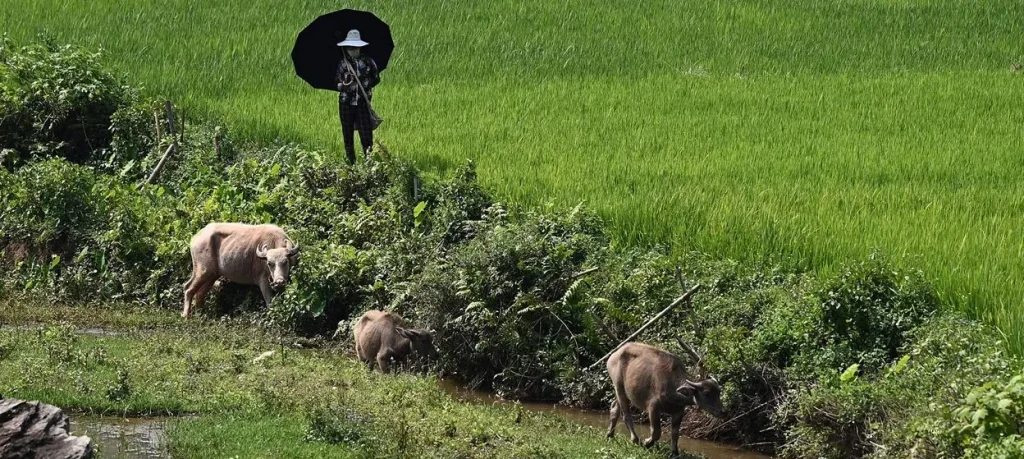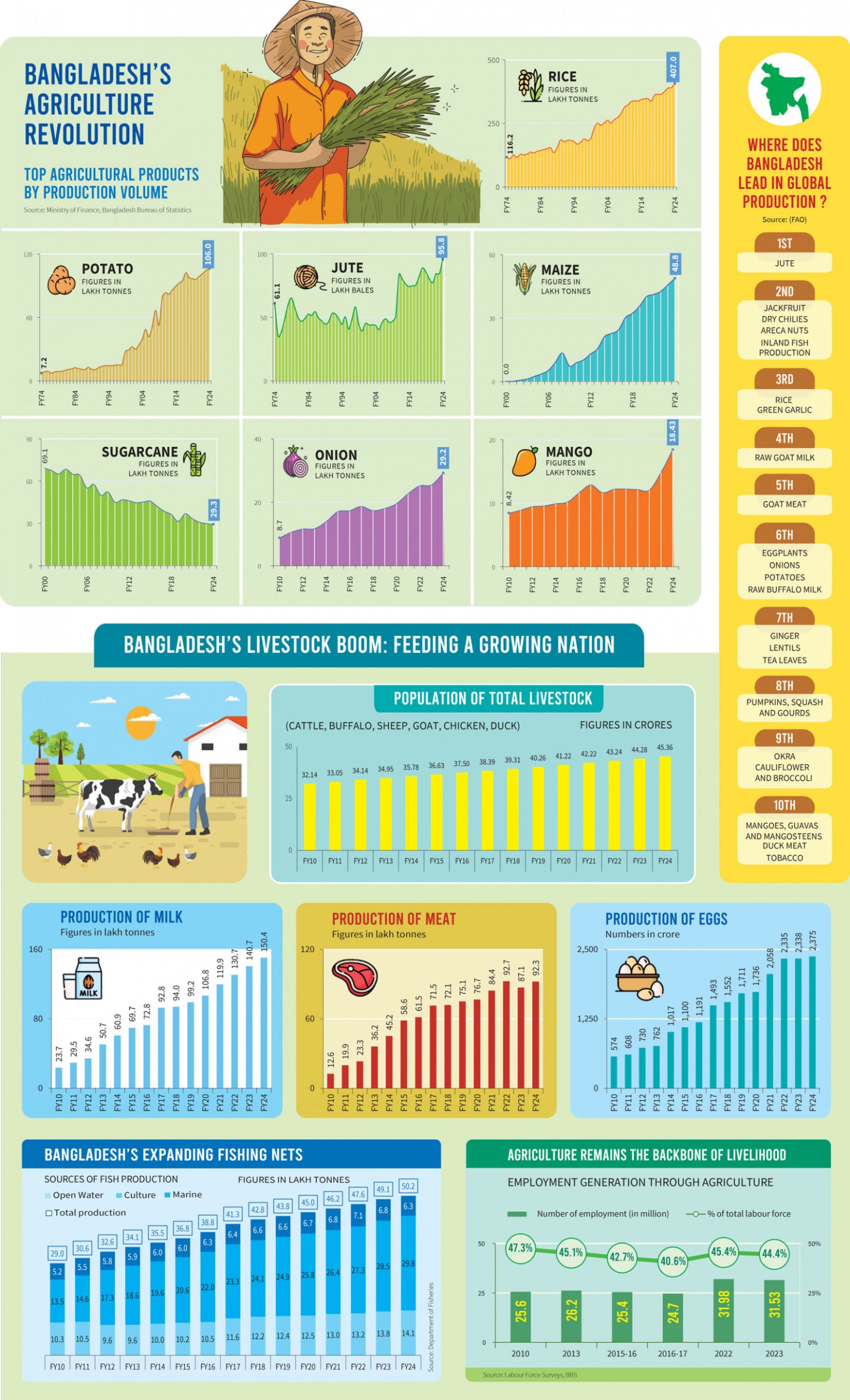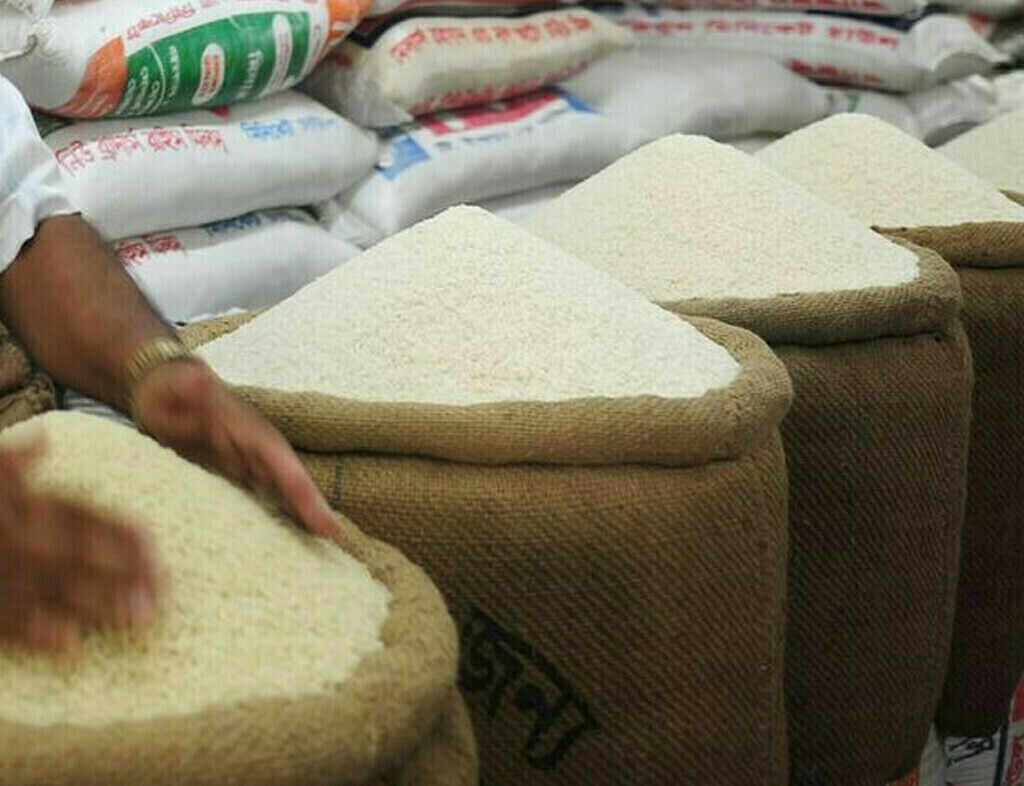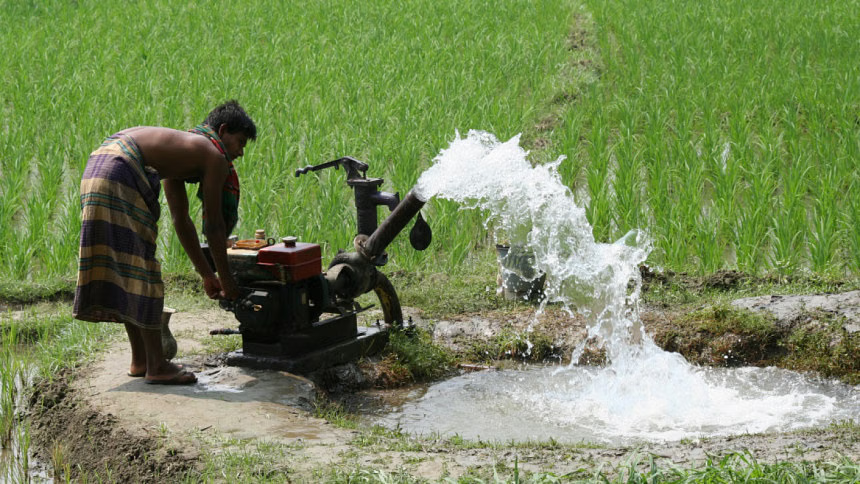Tags
Vietnam’s Rice Land Restrictions: Time for a Rethink?

A woman holding an umbrella to protect herself from the sun while tending to buffalo next to a rice paddy field in Vietnam’s Dien Bien province, on 4 May 2024. (Photo by Nhac NGUYEN / AFP)
There is a case for relaxing Vietnam’s long-standing restrictions on the use of land meant for rice cultivation.
Vietnam restricts the conversion of much of its agricultural land from rice to other agricultural or non-agricultural uses. The restrictions were recently tightened. These restrictions are not necessary, given that they have reduced agricultural productivity and farm incomes and are no longer required for the achievement of their stated objective. It might be an opportune time to relax the restrictions.
In 1986 the Vietnamese government commenced a programme of market-oriented economic reforms known as doi moi. The objective was to improve the efficiency of resource allocation by making greater use of private economic incentives and less use of central control. It worked. Over the following decades, Vietnam experienced a substantially increased rate of economic growth and one of the largest reductions in measured poverty incidence ever recorded by any country.
Since the doi moi reforms, a feature of Vietnam’s economic growth has been dramatic structural transformation. The proportional composition of both output and employment moved away from agriculture and towards industry and services. According to World Bank data, total agricultural employment declined from 72 per cent of total employment in 1991 to less than half of that – 34 per cent – in 2022.
Despite these structural changes, total agricultural output still increased because output per farm worker rose greatly. Government policy contributed significantly to this outcome through land reforms transferring collective land to farm households, public investment in productivity-enhancing infrastructure, and agricultural research. Rice output increased, even though the proportional composition of crop output shifted increasingly away from rice and towards more profitable commodities. The doi moi programme, together with further reforms introduced in 2013, made these structural changes possible. It transferred much, but not all, decision-making authority about agricultural resource allocation from the government and commune levels to the individual farm household level.
The original reason for restricting land use – maintaining national self-sufficiency in rice – no longer seems relevant. A strong case therefore seems to exist for relaxing, rather than strengthening the restrictions.
Rice moved from being a small net import item in the early 1980s to a major net export just a decade later. This remains true today (Figure 1). In 2022 Vietnam was the world’s third largest net rice exporter, behind India and Thailand (Figure 2). In that year Vietnam’s net exports of 4.8 million tonnes comprised more than a fifth of global rice exports and generated US$2 billion in revenue.
Figure 1: Vietnam net rice exports, 1980 to 2022

Figure 2: National net rice exports, 2022 (million tons)

An important exception to the decentralisation of economic decision-making within agriculture involves land use. Roughly half of all agricultural plots of land are legally restricted to the production of rice, even if the household concerned wishes to convert the land to other, more profitable uses. Historically, these restrictions predate the doi moi reforms and reflect a long-standing government concern that the relocation of resources away from the staple food should not endanger national food security. The latter is interpreted to mean national self-sufficiency in rice. The prospect of even partial dependence of domestic food supplies on imports from the volatile international rice market was considered unacceptable.
All land in Vietnam is owned by the state. Agricultural households do not possess the unrestricted legal right to decide which crops are to be produced. In particular, in the case of land officially restricted to rice production, special approval is required for a change. The administrative requirements for this approval have recently been tightened. In its revised Land Law 2024, which will become effective on 1 January 2025, the Vietnam National Assembly determined that whereas local governments could previously approve the removal of the restrictions, any such change must now also be consistent with provincial land use plans. National Assembly chairman Vuong Dinh Hue stated that the new law would ensure that “land resources are managed and used efficiently, sustainably, and with the highest effectiveness.”
A recent study found that average rice yields were significantly lower on restricted plots than on unrestricted plots where rice is still the chosen crop. According to the findings, the restrictions on land use have had little net impact on total rice production, but they do affect productivity. The restrictions reduced the overall productivity of crop land by about 5 per cent, lowered the productivity of farm labour by about 8 per cent and reduced farm incomes by 5 to 6 per cent.
The reason for the reduced yields appears to be that while compliance with land use restrictions can be monitored by local officials through periodic inspection, non-land inputs such as labour, fertiliser and irrigated water are uncontrolled and cannot be monitored readily. Suppose a farm household wishes to switch its land use from rice to some other crop, but is restricted from doing so. The household complies with that restriction on (monitored) land allocation because it must, but reduces its levels of non-land (unmonitored) inputs on that land. It then uses these non-land inputs elsewhere, where their economic return is greater, including on plots where rice production is still profitable, other crops, or, in the case of labour, off-farm work. This response is adopted because it reduces the loss of household income that the land use restrictions would otherwise impose.
Controlling land use is an inefficient and ineffective way of maintaining rice output. Rice-producing households are among Vietnam’s poorest people. Restrictions on land use reduce their incomes. The original reason for restricting land use — maintaining national self-sufficiency in rice — would no longer seem relevant. A strong case therefore seems to exist for relaxing, rather than strengthening the restrictions.
https://fulcrum.sg/vietnams-rice-land-restrictions-time-for-a-rethink/Published Date: June 30, 2024






